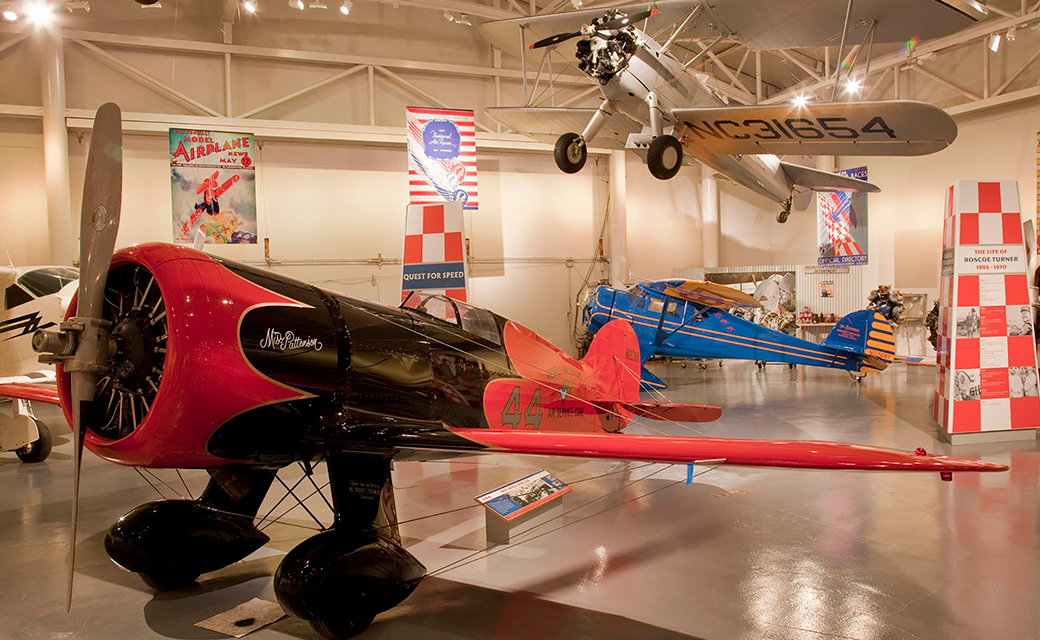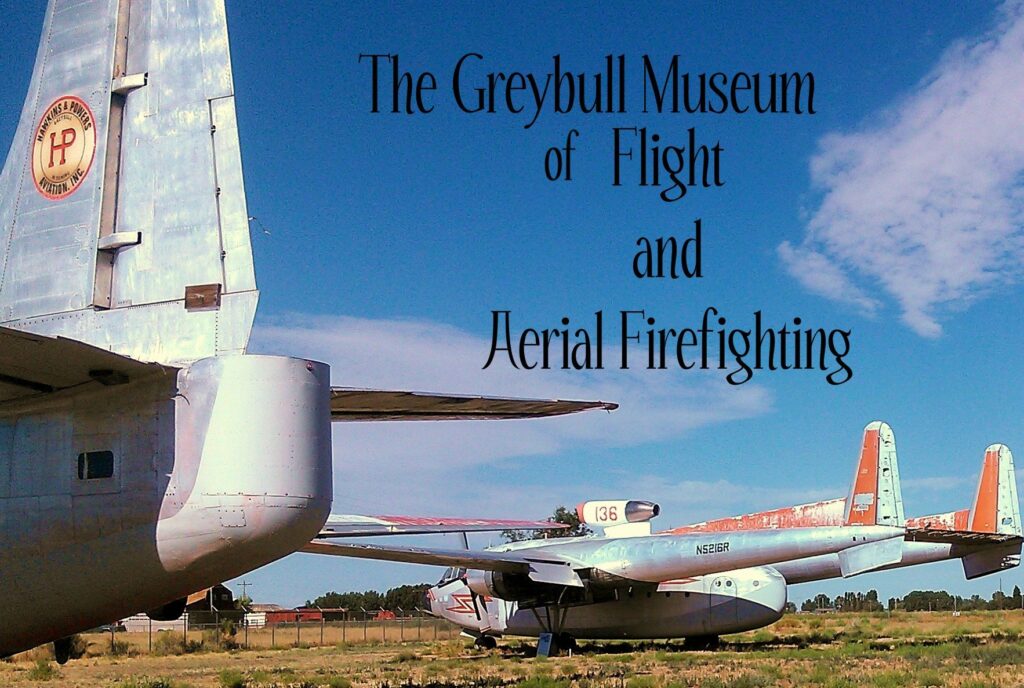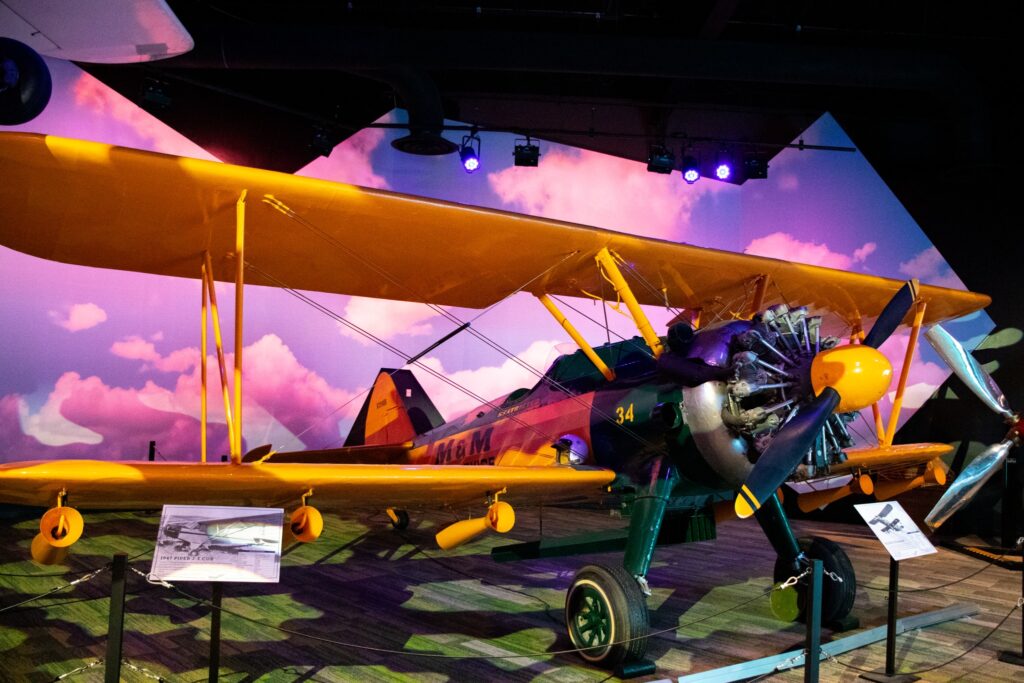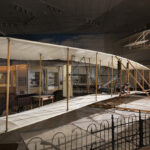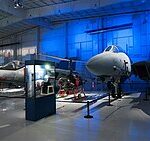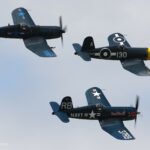Unusual aviation museums offer a fascinating glimpse into the less conventional aspects of aviation history. Unlike typical museums that focus on mainstream aircraft and well-known events, these unique institutions delve into niche areas, obscure collections, and quirky themes. By one count, there are around 350 aviation museums throughout the United States. However, there are a few that stand out.
Aviation Unmanned Vehicle Museum
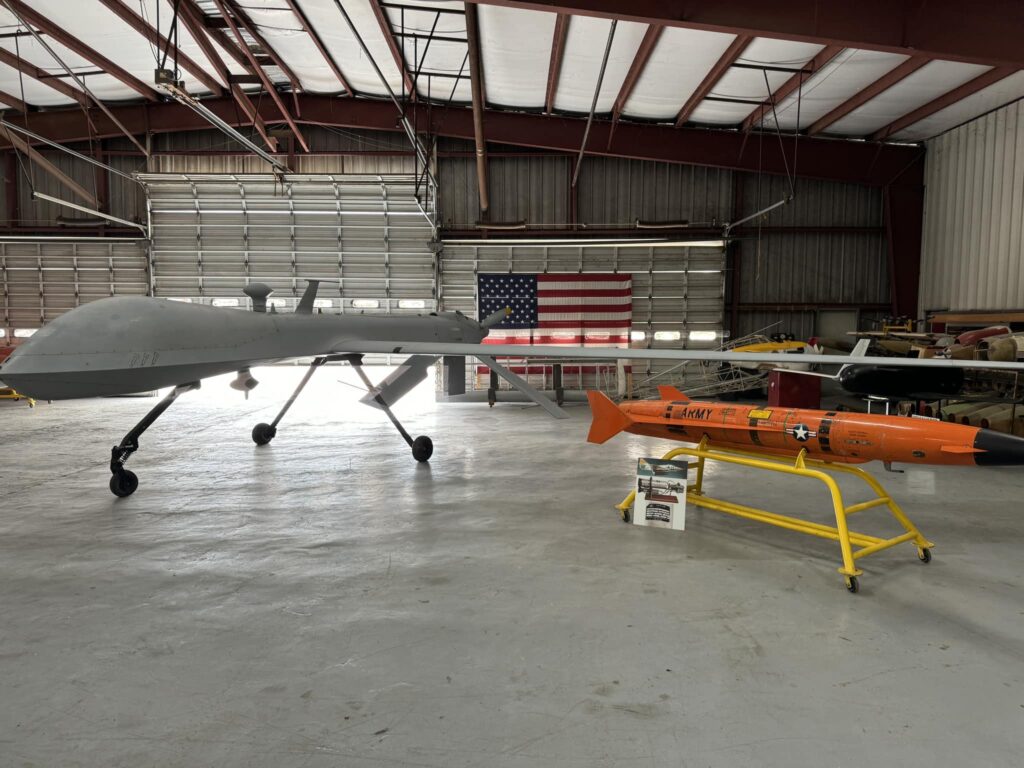
The widespread use of drones is relatively recent when it comes to the scope of aviation history. However, that didn’t deter retired Lt. Col. Harold F. “Red” Smith. Smith had amassed a collection of drone parts over the years as part of his business and began fundraising for a museum. Unfortunately, Smith never was able to see the fruits of his labor, as he was killed in a car accident in 2017. However, his family picked up where he left off and in 2021 the Aviation Unmanned Vehicle Museum opened in Caddo Mills, Texas.
The museum has an impressive array of unmanned aerial vehicles that remind visitors that, while most people think of drones as a modern invention, their use goes back at least as far as the Second World War. Their collection includes the optionally manned PQ-14 Cadet, the diminutive Radioplane OQ-2 and of course a Ryan Firebee. For more information, visit auvm.net.
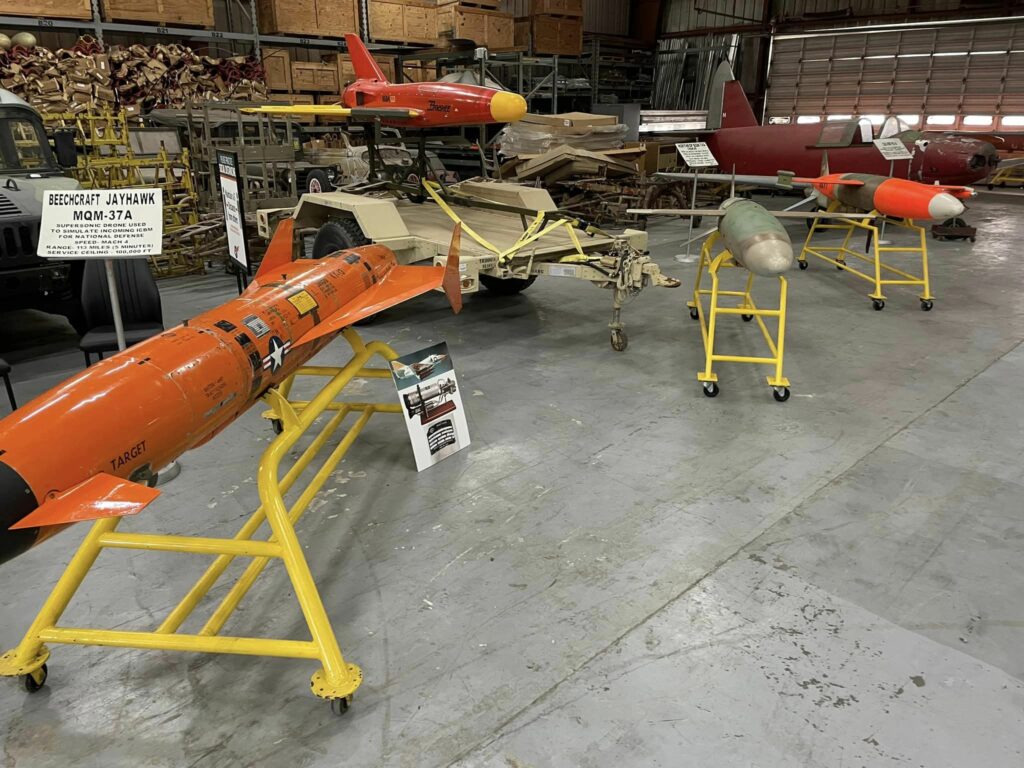
Museum of Flight and Aerial Firefighting
The Museum of Flight and Aerial Firefighting in Greybull, Wyoming is the only aviation museum in the world dedicated to aerial firefighting. Formed from the former Hawkins and Powers fleet, it was founded in 1987 and incorporated in 1992. The museum gained greater importance after H&P was sold in 2006 following a pair of fatal accidents. As the aircraft were no longer economically viable to operate, it provided a home for aircraft that might have otherwise been scrapped.
Making up for its small indoor area, it has a number of relatively rare aircraft and is the only place to see two PB4Y Privateers in the same place. Behind the museum, in the wide open spaces of South Big Horn County Airport, is a boneyard with more former firefighting aircraft. This boneyard has been the source of aircraft and parts for a number of other history organizations such as the Hagerstown Aviation Museum and the Berlin Airlift Heritage Foundation.
While it might not seem so at first glance, aerial firefighting played an important role in ensuring the survival of many warbirds. It provided a way to bridge the gap from when the former weapons of war were otherwise seen as nothing more than scrap value to when their historic value was recognized. For more information, visit museumofflight.us.
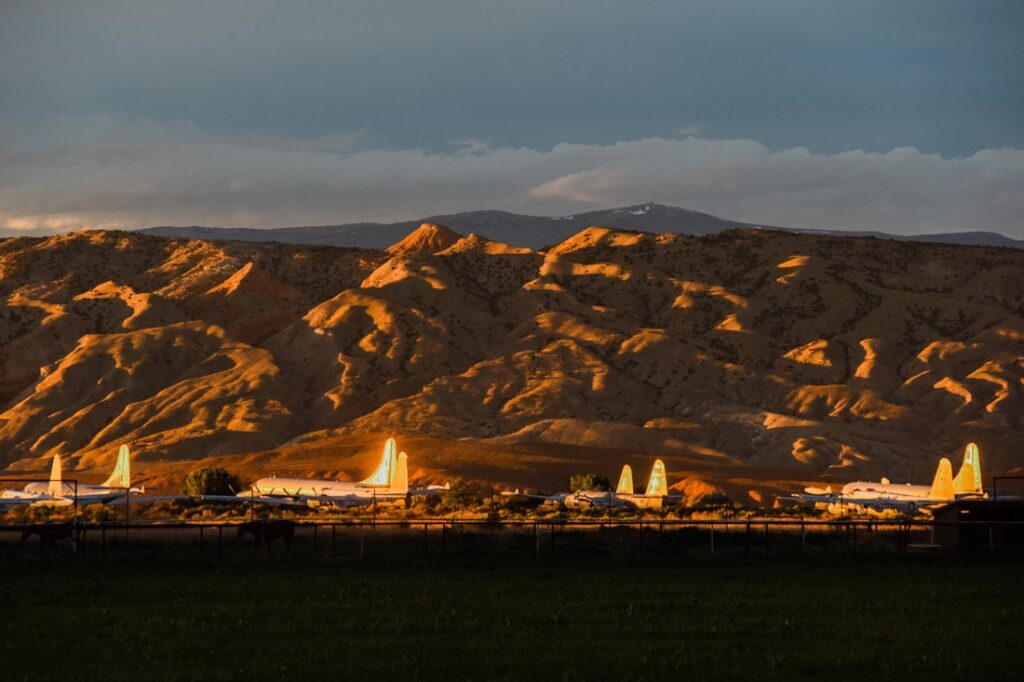
National Agricultural Aviation Museum
The National Agricultural Aviation Museum in Jackson, Mississippi is another “world’s only”, being of course devoted to agricultural aviation. The museum, which opened in September 1983, is supported by the National Agricultural Aviation Association and is part of a larger living history museum called the Mississippi Agriculture and Forestry Museum.
Among the various crop dusters at the museum is the prototype Grumman Ag Cat. The aircraft established a dynasty of not only crop dusters but also a few airshow acts when it first flew on 27 May 1957. For more information, visit msagmuseum.org/.
Freeman Army Airfield Museum
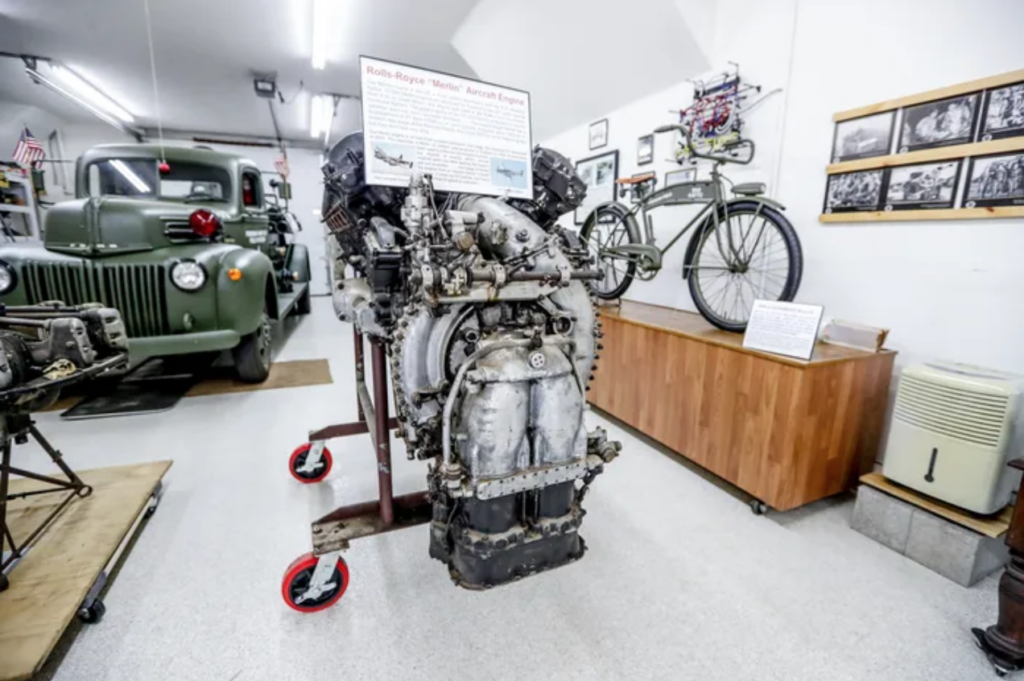
The Freeman Army Airfield Museum was born of a series of archaeological digs at the eponymous airfield starting in the early 1990s. For less than two years at the end of World War II, it was the site of the Foreign Aircraft Evaluation Center. Captured Axis aircraft such as Bf 109s, Fw 190s, He 162s and Me 262s were tested there. After the war ended, there was little use for these aircraft. Some of the lucky few were sent to Orchard Field for storage for the nascent National Air Museum. (Now O’Hare International Airport and the National Air and Space Museum, respectively.) However, many of the others were scrapped, and what remained unceremoniously dumped into holes and buried. It was these rare parts that the digs uncovered and are now on display at the museum. For more information, visit freemanarmyairfieldmuseum.org.
Historic Wendover Airfield
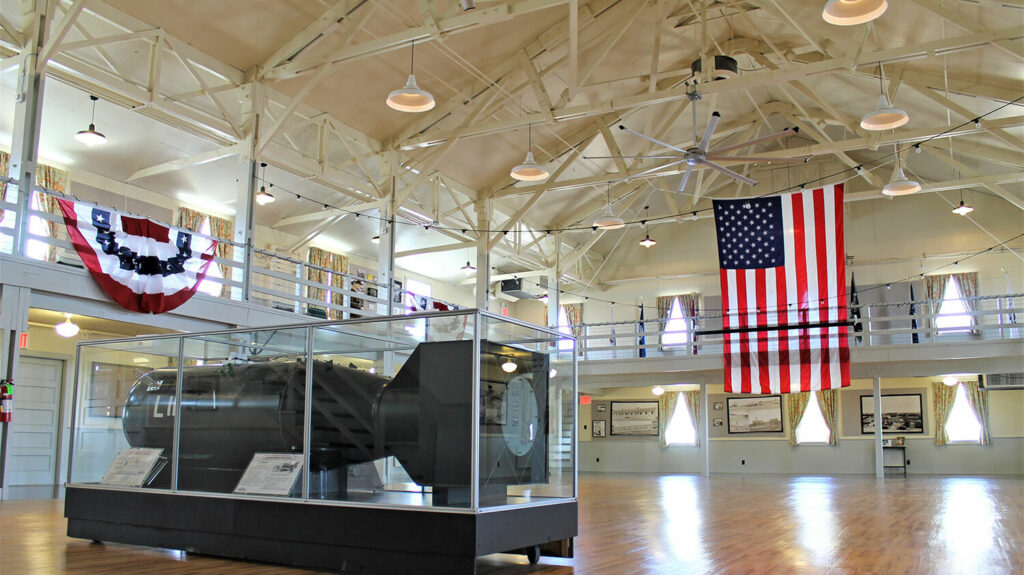
Historic Wendover Airfield in Wendover, Utah is unique not for its airplanes, but for its buildings. It was opened as Wendover Air Base in 1941, but eventually gained world-changing importance as the training site for the 509th Composite Group – better known as the unit responsible for dropping the atomic bombs. After the war, however, military use dropped and it was inactivated in 1961.
As the airbase had been abandoned by the military and was located in the middle of nowhere, there was little incentive for anyone to knock down the old buildings. Furthermore, not unlike the airplane boneyards, the lack of natural disasters and dry climate ensured the buildings remained standing. The relative remoteness of the airfield also made it perfect for Hollywood productions looking for aviation-related filming locations as there were no airport operations to interrupt.
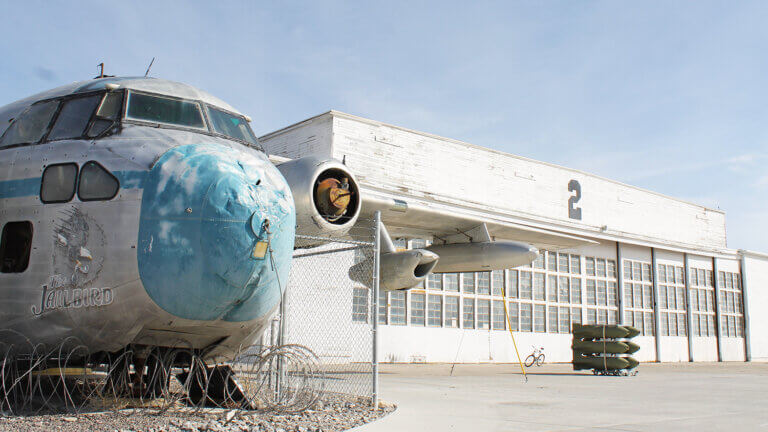
In 2001, a man named Jim Petersen visited the airport as part of a historical tour and was so taken with its importance that he quickly established a foundation and became the airport manager just one year later. In the year since the organization has restored four buildings in the airport, has another five in progress, and plans to expand to many others. For more information, visit wendoverairfield.org.
Warbirds of Glory Museum
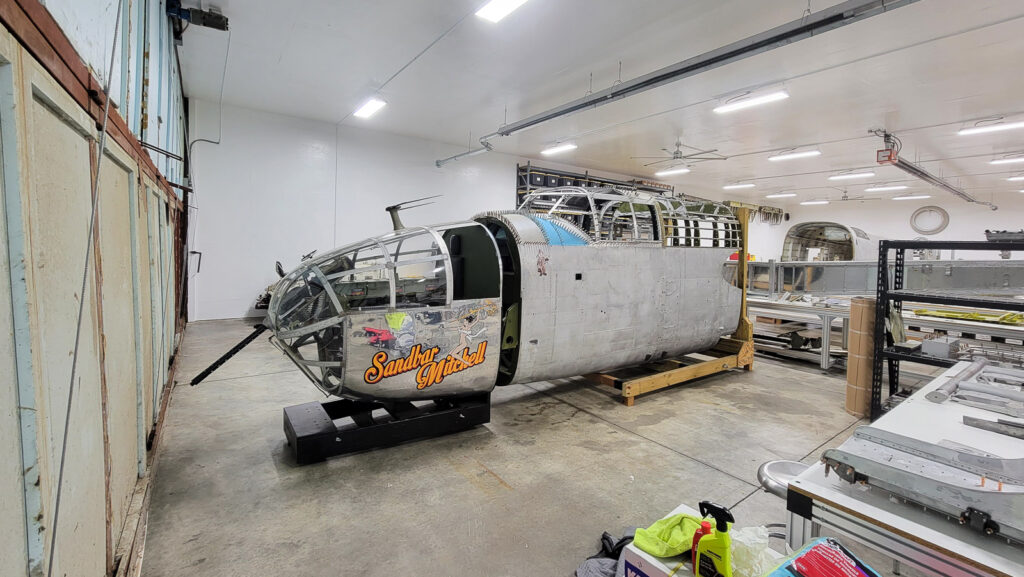
Many museums have youth programs, but only one, the Warbirds of Glory Museum at Oakland Southwest Airport near New Hudson, Michigan, can actually claim to be youth-run. It was established by Patrick Mihalek and Todd Trainor in April 2013 to recover a B-25J, 44-30733. The aircraft had crash landed on a sandbar in the Tanana River near Fairbanks, Alaska on 27 June 1969 following an engine failure while fighting forest fires. The aircraft was disassembled and recovered via boat and helicopter and transported to a hangar in Michigan. As covered in a previous article, the museum moved to its current location in 2022. There it continues its focus on youth, with no less than 80% of the approximately 45 kids that have worked on the project going on to careers in aviation. For more information, visit warbirdsofglory.org.
Wedell-Williams Aviation & Cypress Sawmill Museum
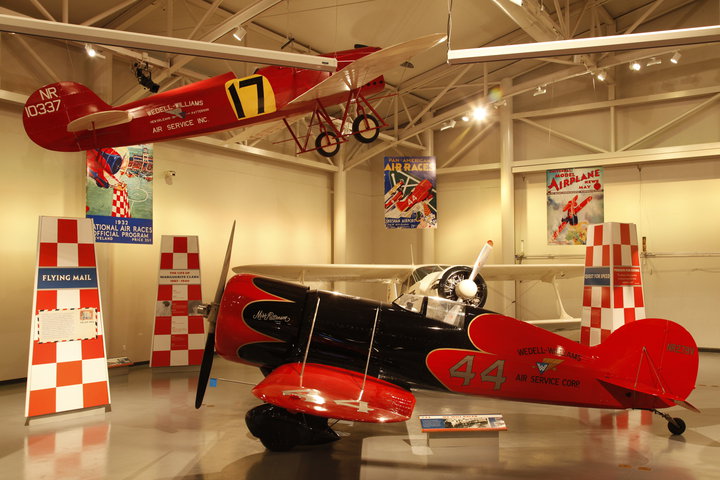
The Wedell-Williams Aviation & Cypress Sawmill Museum in Patterson, Louisiana makes the list due to its strange combination of subject matter. One-half of the museum, which is operated by the Louisiana State Museum, focuses on local sawmills. However, the other half is named for Jimmie Wedell and Harry Williams – co-owners of the Wedell-Williams Air Service Corporation and 1930s era air racers. Although both were killed in crashes, their legacy resulted in the creation of the museum which houses a number of replica and original aircraft from the golden age of aviation
The Wedell-Williams Aviation Collection focuses on the legacy of Louisiana aviation pioneers Jimmie Wedell and Harry Williams who formed an air service in Patterson in the 1928. Both men became nationally prominent during what was known as the Golden Age of Aviation. Although both Wedell and Williams perished in plane crashes, their legacy lives on in the memorabilia and planes on display.
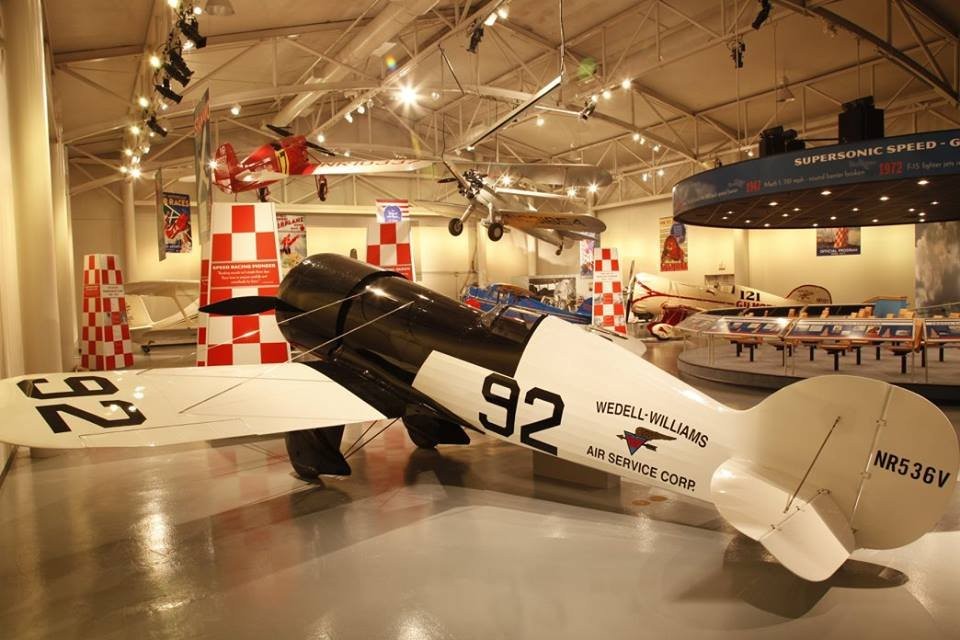
This newly renovated exhibit is filled with state-of-the-art displays including numerous aircraft such as the famous “Miss Patterson” #44 and the “Gilmore” #121. Also on display are Wedell-Williams’ 1930’s air racing trophies and memorabilia. The new “David J. Felterman Theater” features an exciting air racing film that visually transports the visitor to the heart of the 1932 Cleveland National Air Races. Visitors will enjoy the new interactive gallery that will provide first-hand experience with the principles of flight.
Before it was likely destroyed in a series of hurricanes, the museum also held a most unusual aircraft in the form of the Monsted-Vincent MV-1. Hard to describe as anything other than an ugly duckling, the MV-1 was a four-engine pusher propeller business airplane. For more information, visit louisianastatemuseum.org.
Honorable Mentions
A number of museums are almost unique, in that there are only one or two other museums in the United States that covers the same subject matter they do. Examples include helicopters (American Helicopter Museum & Education Center, Classic Rotors Museum, and National Helicopter Museum), gliders (National Soaring Museum, US Southwest Soaring Museum), and balloons (Anderson-Abruzzo Albuquerque International Balloon Museum, National Balloon Museum).
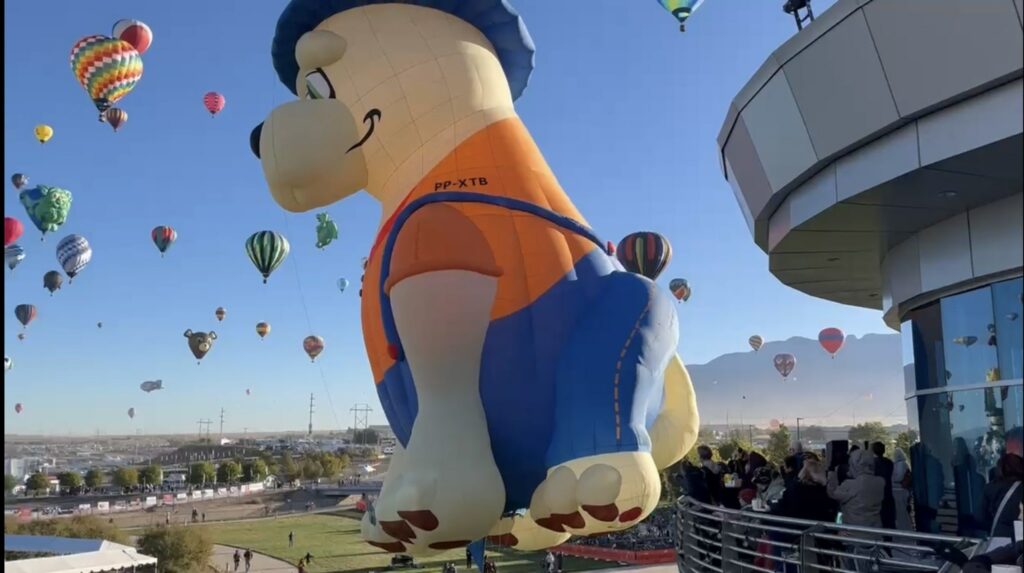
Western Antique Aeroplane and Automobile Museum
The WAAAM Air & Auto Museum boasts one of the largest collections of still-flying antique aeroplanes and still-driving antique automobiles in the country. The items on display at this museum are not only full of history but are also full of life. Visitors to WAAAM can enjoy an extensive collection of antique aircraft, including the 1917 Curtiss JN-4D Jenny featuring an OX-5 90 HP engine, as well as the museum’s Piper Cub and WACO collections, Aeronca collection, Stearman collection, and many other fascinating aircraft. The museum also houses over 130 cars, including the 1914 Detroit Electric, a Ford Model A and Model T, a Packard, a Studebaker, and even a Locomobile. Car enthusiasts are sure to find their favorite vehicle among the collection. For those who prefer motorcycles, WAAAM has an impressive selection of Harley Davidsons, Indians, Cushmans, and more. Aircraft, automobiles, motorcycles, tractors, military jeeps, and engines all get their day in the sun again at WAAAM. For more information, visit www.waaamuseum.org.
The museum also houses over 130 cars, including the 1914 Detroit Electric, a Ford Model A and Model T, a Packard, a Studebaker, and even a Locomobile. Car enthusiasts are sure to find their favorite vehicle among the collection. For those who prefer motorcycles, WAAAM has an impressive selection of Harley Davidsons, Indians, Cushmans, and more. Aircraft, automobiles, motorcycles, tractors, military jeeps, and engines all get their day in the sun again at WAAAM. For more information, visit www.waaamuseum.org.
________________________
These museums often showcase personal stories of aviators, innovative yet forgotten technologies, and unexpected aviation-related artifacts. They provide a deeper understanding of aviation’s diverse history, highlighting the creativity, determination, and sometimes eccentricity of those who have contributed to the field. Whether it’s a museum featuring the aviation achievements of a lesser-known inventor or one that explores the whimsical side of flight, these establishments offer a unique and enriching experience for aviation enthusiasts and casual visitors alike.







